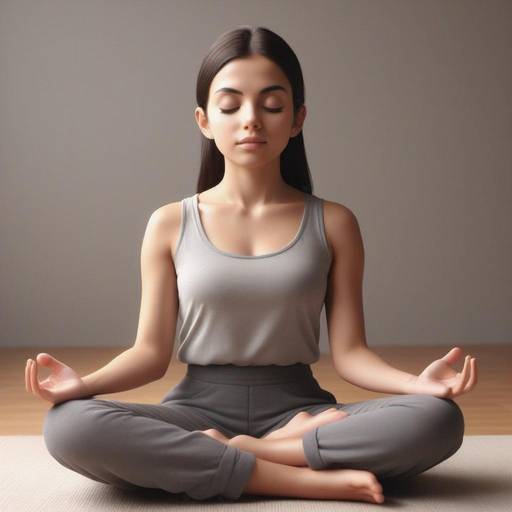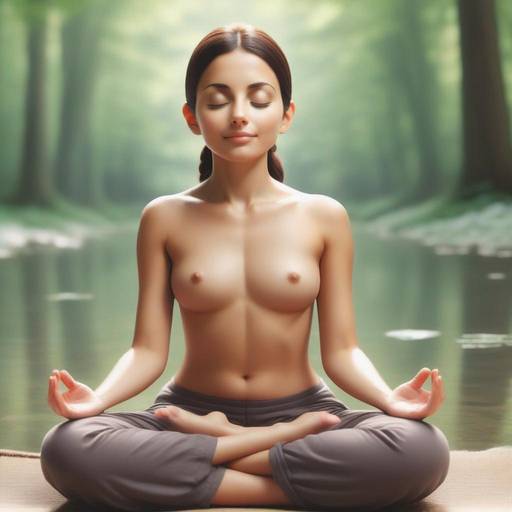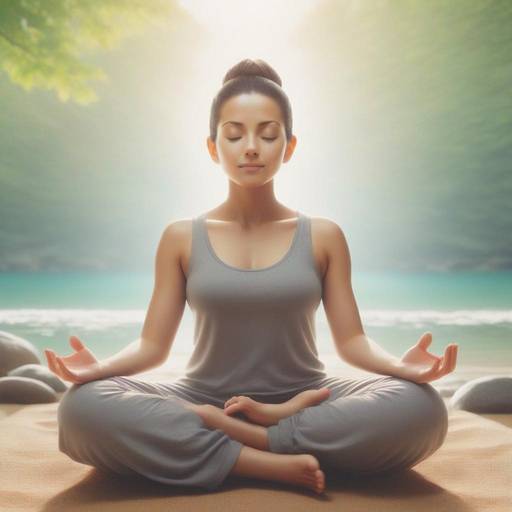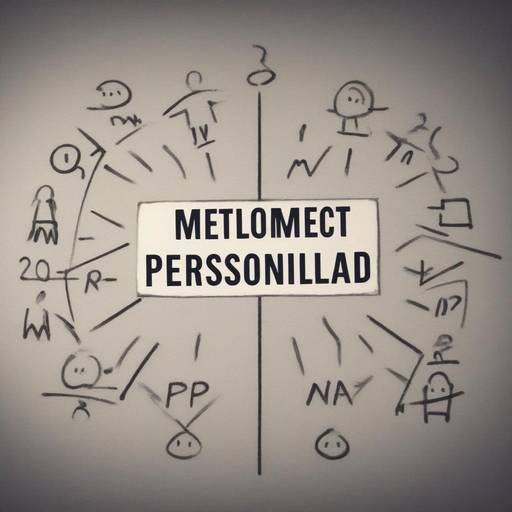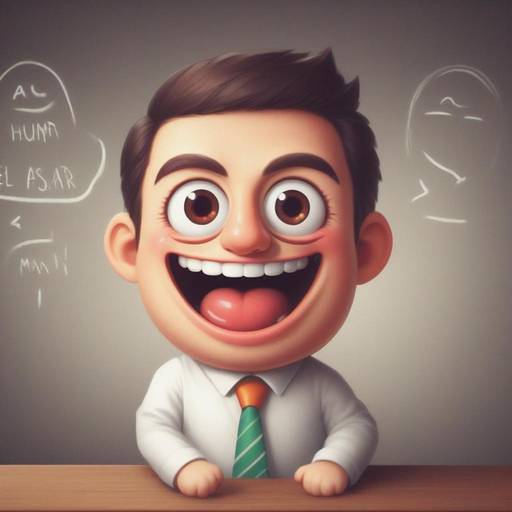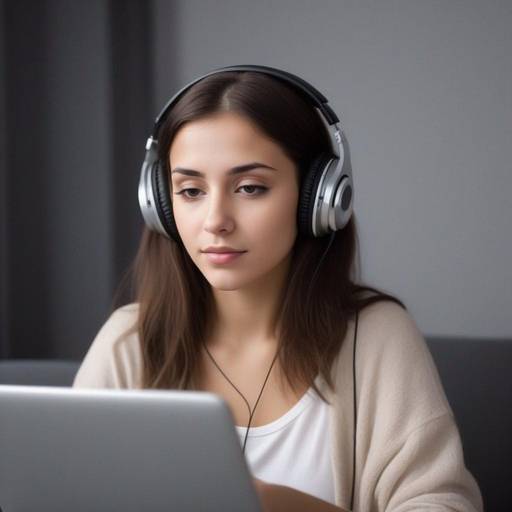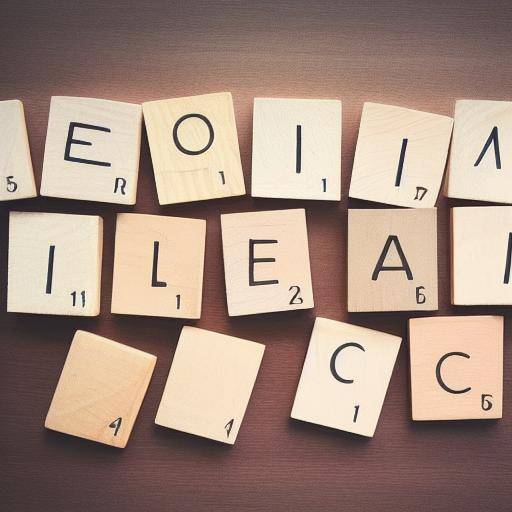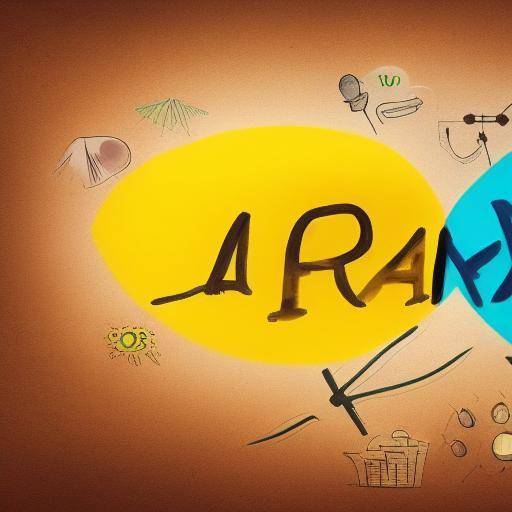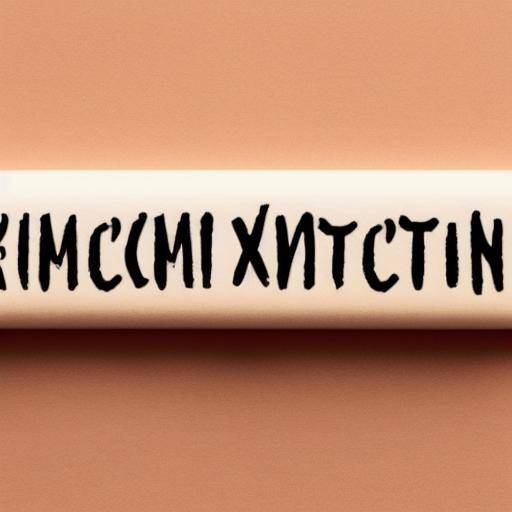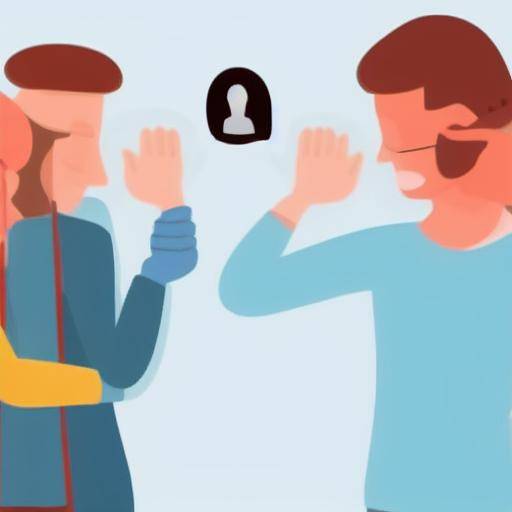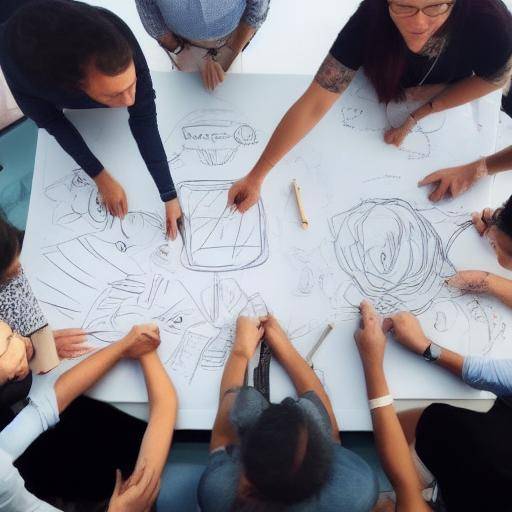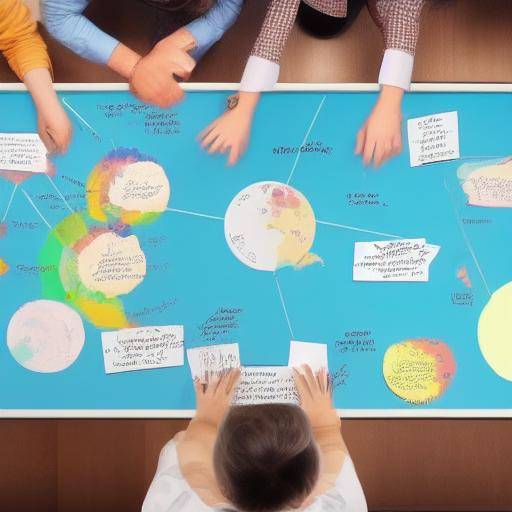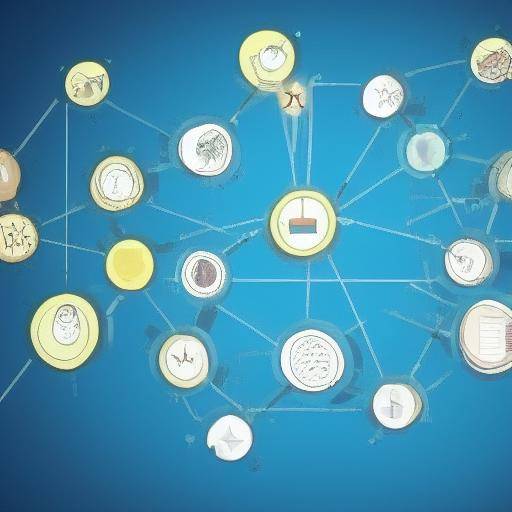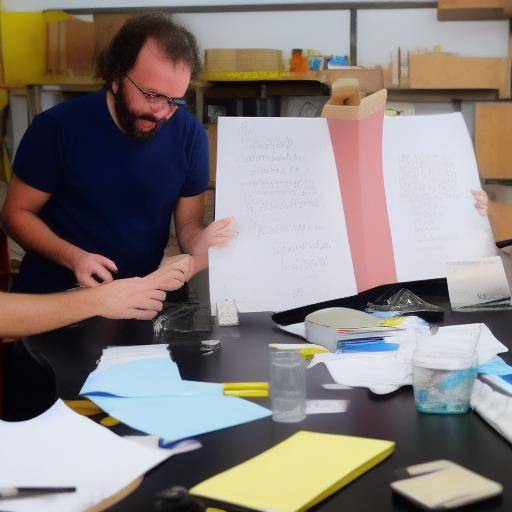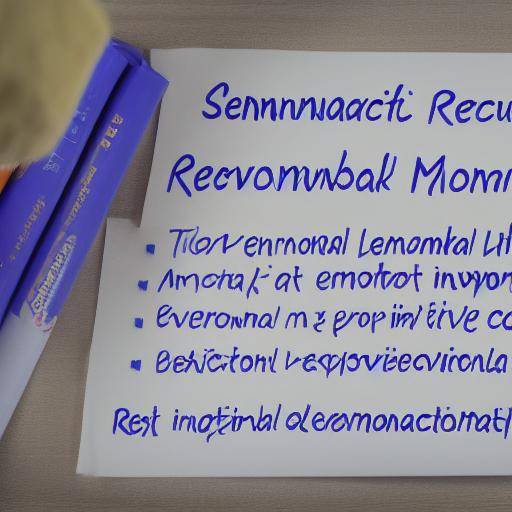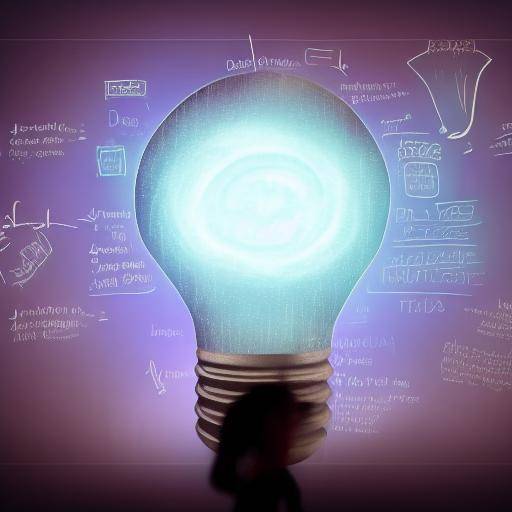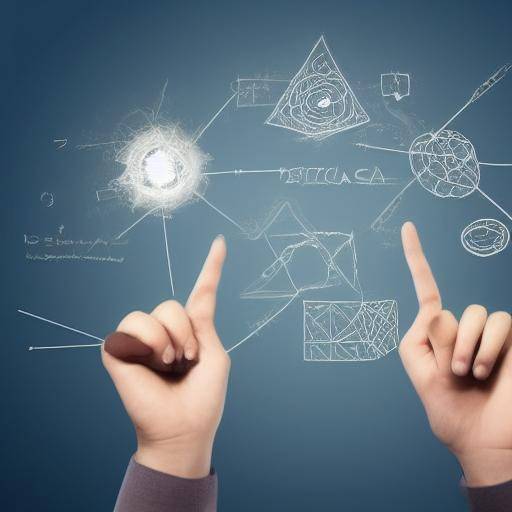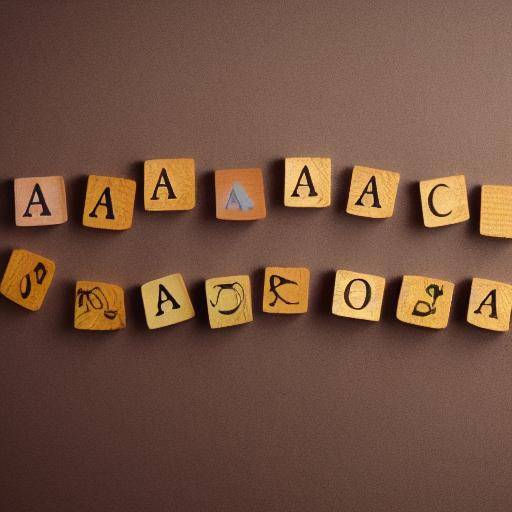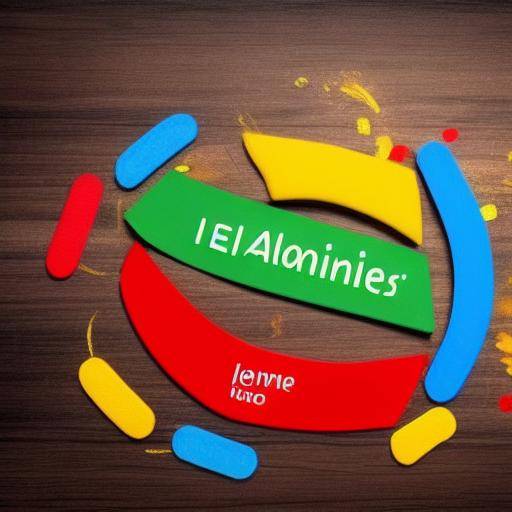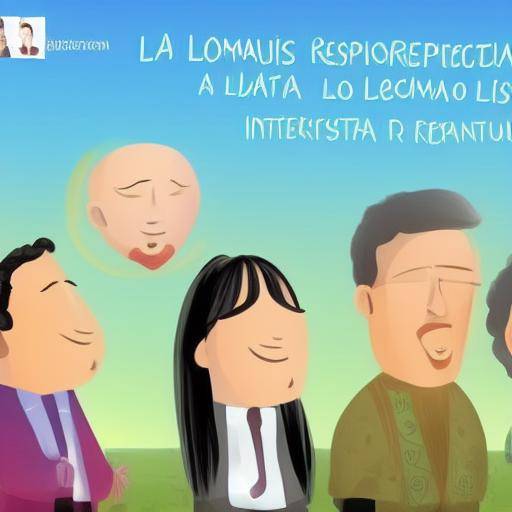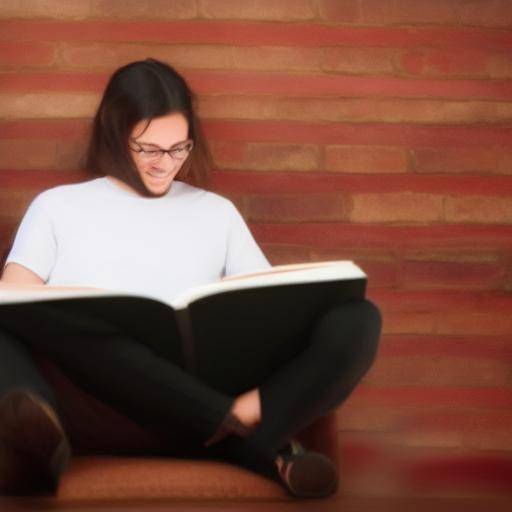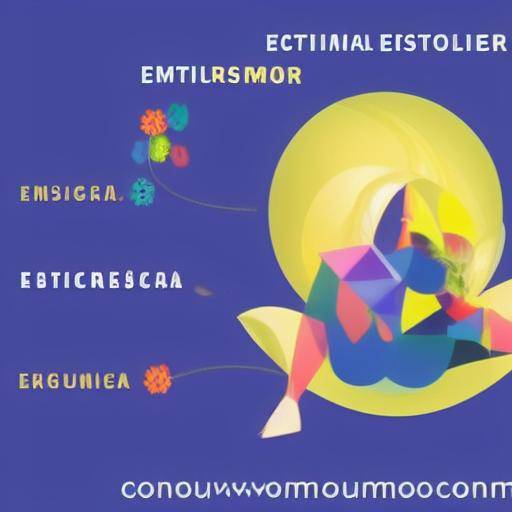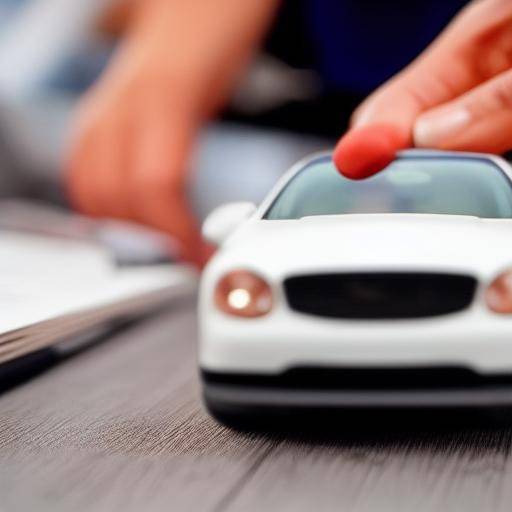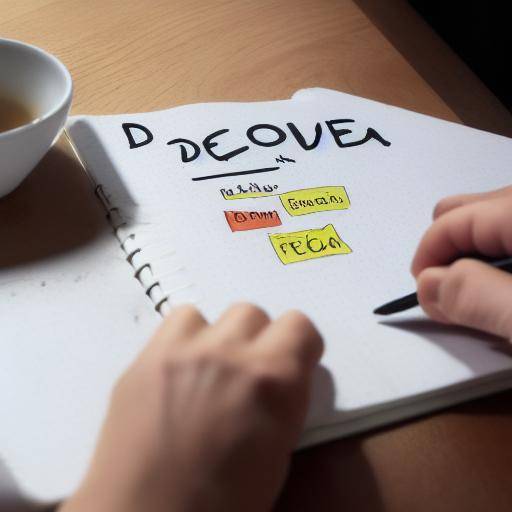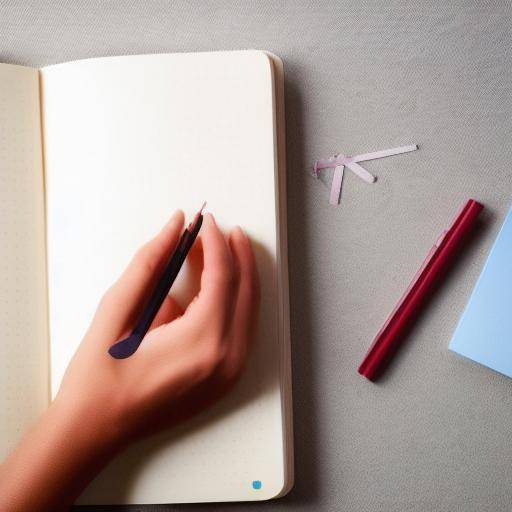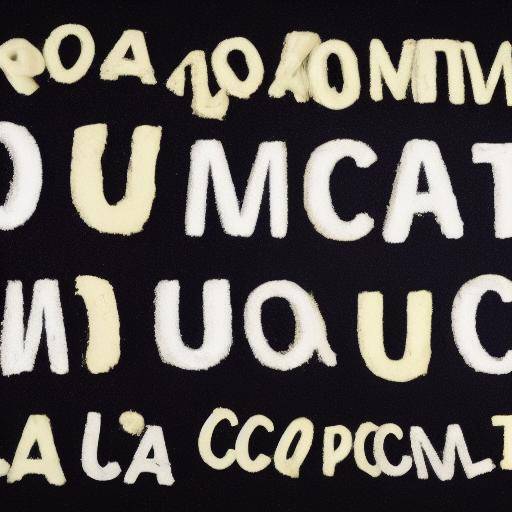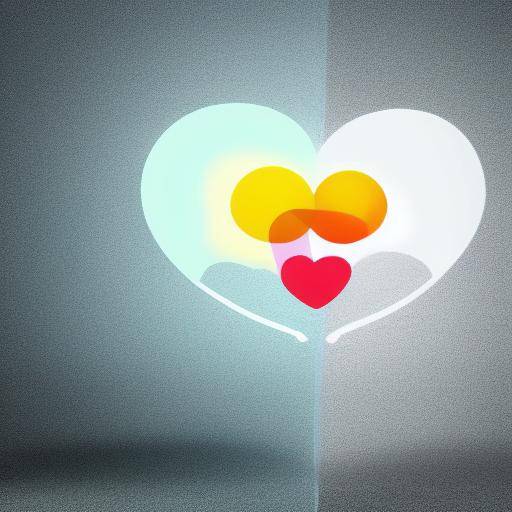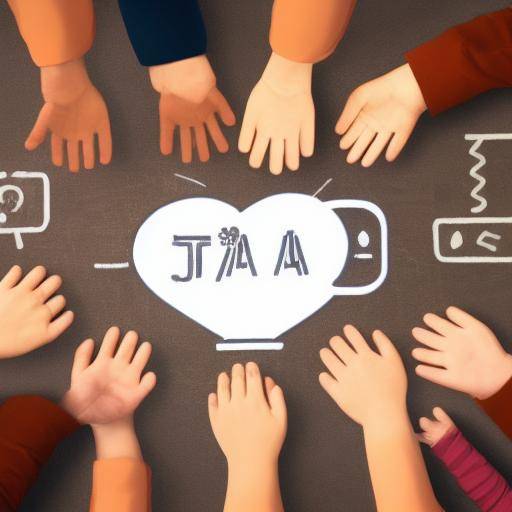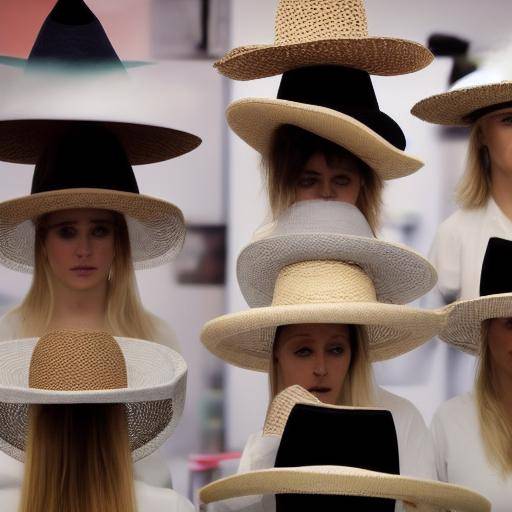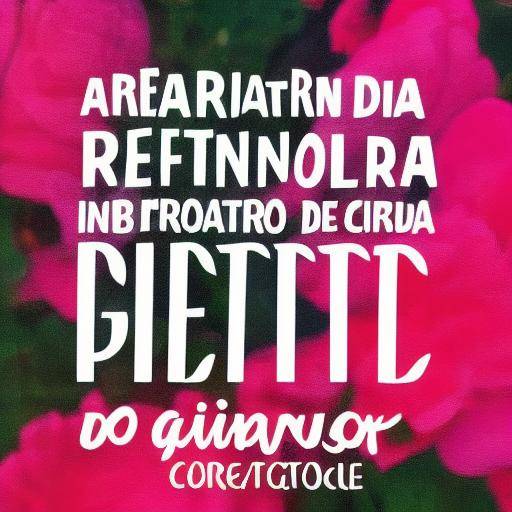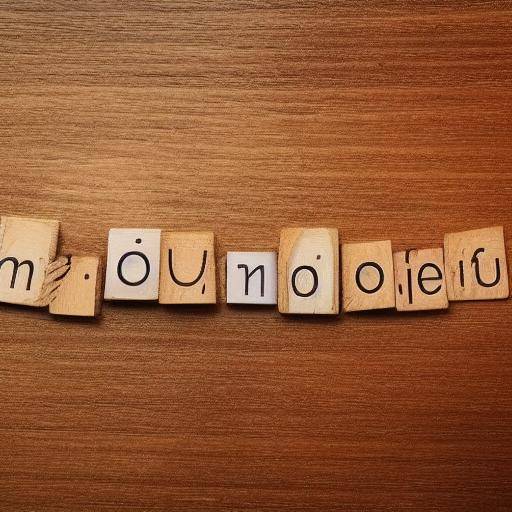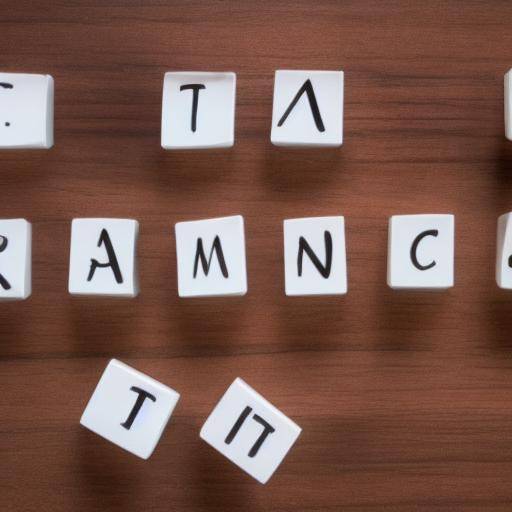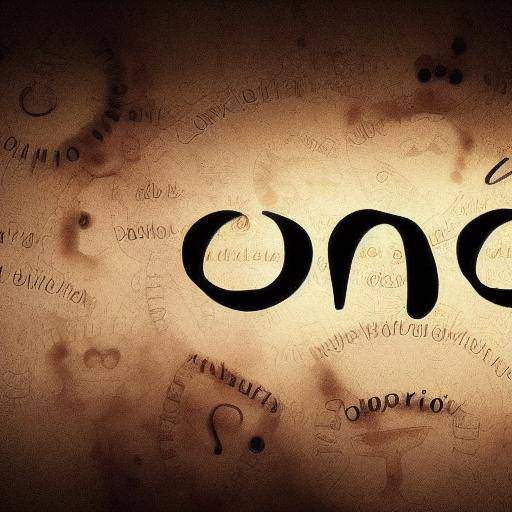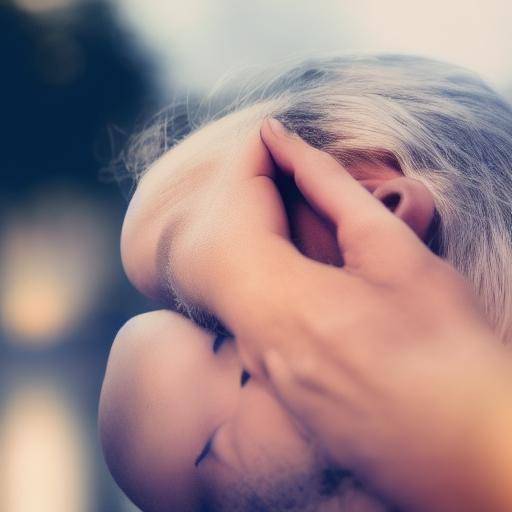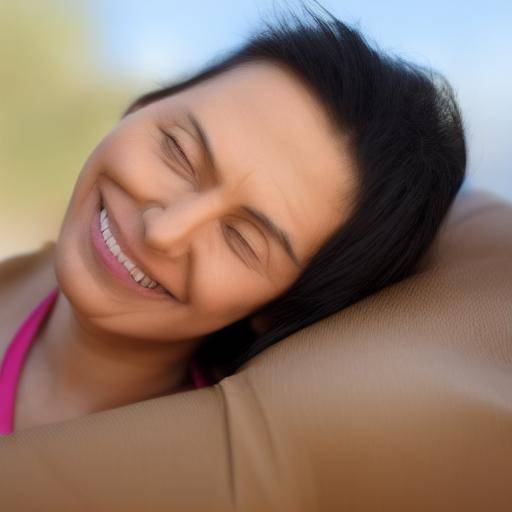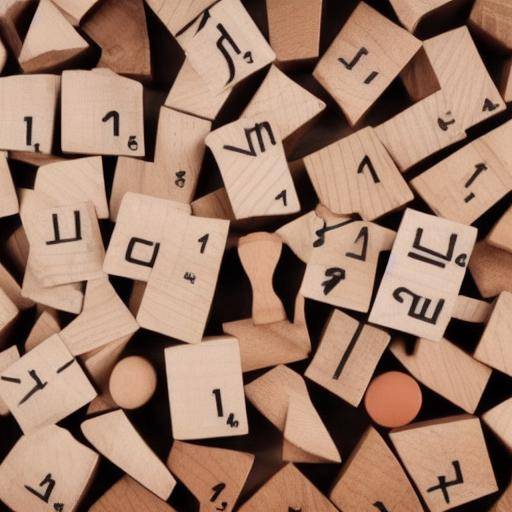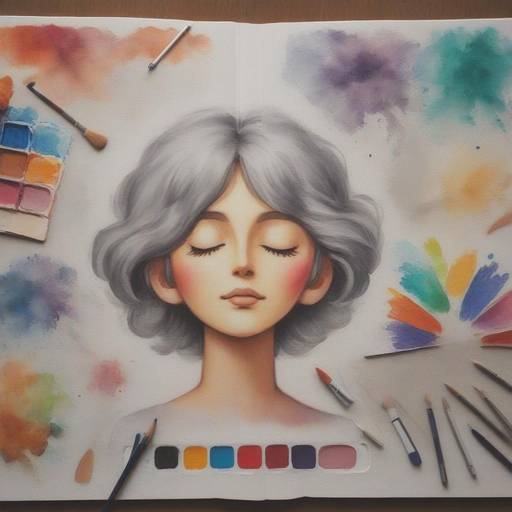
Stress is a common reality in modern life. However, art and creativity can play an important role in reducing stress and promoting emotional well-being. From history to practical applications and future trends, we will explore how art and creativity can positively impact our mental balance.
Introduction
We live in a world full of challenges that often lead to stress. Working pressure, family responsibilities and social demands can generate tensions that affect our emotional well-being. In this context, art and creativity emerge as powerful tools to counter stress and promote mental health.
In this article we will navigate the history of art and its relation to stress, explore the impact of creativity on the reduction of tensions, analyze in depth their benefits and examine the crucial role they play in emotional well-being. In addition, we will review real cases, offer practical advice and explore future predictions to better understand how these powerful tools can improve our quality of life.
History and background
Art has been a fundamental expression of humanity throughout history. From the cave paintings of our ancestors to the masterpieces of renowned geniuses, art has reflected the emotions, experiences and values of different societies over time.
Creativity, on the other hand, has been the driving force of the advancement of humanity in various areas, from science to art. The combination of art and creativity has boosted innovation and has allowed people to explore new ways of facing the challenges of life.
In exploring the history of art and creativity, it is clear that both have served as a means of freeing tensions, expressing emotions and connecting with the deepest of human experience. From the therapeutic use of art in ancient civilizations to contemporary currents that use creativity as a tool for emotional well-being, the positive impact that art and creativity have had on managing stress throughout history is evident.
Deep analysis
Benefits of Art and Creativity
Art and creativity offer a rewarding output to express free emotions and tensions. Various forms of art, such as painting, music, dance and writing, have proven to be effective in reducing stress by providing space for self-expression and emotional liberation.
Creative processes involved in artistic production have the potential to bring people to the flow states, where time seems to stop and worries fade, which leads to a significant reduction in stress. In addition, continuing practice of art and creativity can foster a sense of achievement and self-efficiency, which contributes to a general sense of well-being.
Challenges of art and creativity
Although art and creativity can be powerful tools for stress reduction, it is important to recognize that each individual responds differently to artistic practices. Some people may feel intimidated by self-imposed pressure to produce "perfect" creative works, which can actually increase their stress.
In addition, lack of access to quality artistic resources and enabling environments for creativity can limit the ability of some people to enjoy the benefits of art. It is essential to address these challenges and to work to create inclusive environments that encourage participation in artistic activities for the benefit of emotional well-being.
Current trends
In the digital era, art and creativity have found new channels of expression, which have expanded their potential to reach global audiences and generate impact. Online platforms, virtual communities and specialized applications offer unprecedented opportunities to participate in artistic and creative activities, which have democratized access to art and fostered greater interaction between creators and viewers.
Artistic therapy and the use of creativity as a tool for emotional well-being have gained recognition in the field of mental health. Health professionals use innovative approaches that integrate art and creativity in the treatment of stress-related disorders, anxiety and depression, demonstrating the growing value given to these practices in clinical and therapeutic environments.
Comprehensive review
Practical Applications
Art and creativity have been integrated into well-being programs in educational, corporate and community environments, offering people opportunities to explore their creative skills, develop resilience and foster greater connection with their environment.
Artistic practices have also been implemented in therapeutic environments, providing individuals of all ages and conditions with the opportunity to express themselves, heal emotional wounds and strengthen their mental health. Dance, music, theatre and other forms of artistic expression have become effective tools to help people manage stress, overcome trauma and improve their quality of life.
Expert opinion
Experts in psychology and mental health have supported the role of art and creativity in reducing stress and promoting emotional well-being. They emphasize the importance of creative self-expression as a means to process emotions, strengthen emotional resilience and foster a sense of integral well-being.
In addition, neuroscience experts have revealed the positive influence of art and creativity in the structure and function of the brain, highlighting the ability of art to trigger emotional and cognitive responses that contribute to the regulation of stress.
Case study and practical applications
The use of art and creativity as therapeutic tools has been widely documented through numerous case studies that demonstrate their beneficial impact on mental health. Since the implementation of art therapy programs in clinical settings to community projects that promote creativity as a means of self-exploration, the positive effects of these practices have on reducing stress and improving emotional well-being have been shown.
Comparative analysis
Art and creativity share the ability to connect people with their emotions and provide them with a means to express their thoughts and concerns in a non-verbal way. While art can be presented in the form of visual works, music or sculptures, creativity extends to areas such as troubleshooting, innovation and self-discovery.
Both practices encourage experimentation, exploration and lateral thinking, which contributes to mental flexibility and the generation of new perspectives. In addition, both art and creativity can trigger positive emotions, provide comfort and serve as vehicles for self-reflection, which makes them valuable allies in managing stress and promoting emotional well-being.
Recommendations and practical advice
Tips for incorporating art and creativity in everyday life
- Reserve time regularly to participate in artistic activities that give you satisfaction and pleasure.
- Experience with different forms of artistic expression to discover which activities are most stimulating.
- Find creative spaces and enriching environments that inspire you and allow you to develop your creativity.
Strategies for using creativity as an emotional expression tool
- Keep a creative magazine where you can translate emotions, thoughts and experiences through drawings, writing or collage.
- Use music as a way to release tensions and channel emotions, whether listening, composing or interpreting.
Practices that promote emotional well-being through art
- Explore nature or participate in outdoor activities that inspire creativity and help reduce stress.
- Participate in art therapy sessions or creative workshops led by trained professionals in the field of mental health.
Industry perspectives and expert reviews
Reflections on the future of art, creativity and emotional well-being
Art and creativity will continue to play a central role in promoting emotional well-being, as its intrinsic value in mental health is recognized. The integration of artistic practices in therapeutic and educational environments is expected to be more widespread, and a holistic approach is encouraged that values creative expression as a fundamental aspect of everyday life.
Trends and predictions
Increased use of technology is expected to expand the scope of art and creativity, facilitate participation in artistic activities and promote collaboration and connection between creators and publics worldwide. Further integration of art-based approaches in the treatment of stress disorders, anxiety and depression is also envisaged, reflecting a shift towards a broader and humanized approach to mental health care.
Conclusions and FAQs
Conclusions
In conclusion, art and creativity represent powerful tools to reduce stress and promote emotional well-being. From its historical impact to its contemporary applications, art and creativity have proven to be fundamental allies in managing daily tensions and in seeking emotional balance.
Recognition of the importance of art and creativity in mental health care is critical to promoting inclusive environments that foster participation in artistic and creative activities. By incorporating art and creativity into our daily lives, we can benefit from their ability to unlock emotions, promote self-reflection and contribute to greater emotional well-being.
Frequently asked questions: Art, creativity and emotional well-being
- How can I start integrating creativity into my everyday life to reduce stress? Creativity can manifest in many ways, from writing and painting to gardening or cooking. Find a stimulating activity that allows you to express yourself freely.
- What is the impact of music on stress management and the promotion of emotional well-being? Music has proven to have calm and therapeutic effects on stress management. Listening to music that inspires and strengthens can help reduce anxiety and improve your mood.
- What role do artistic activities play in therapeutic environments for mental health? Artistic activities, such as painting, sculpture and theatre, are used in therapeutic environments to promote self-expression, facilitate emotional communication and promote recovery of people with mental disorders.
- How can I overcome fear of judgment or self-criticism by participating in creative activities? Self-criticism is common when starting creative activities. Focusing on the process instead of the result, and remembering that creativity is a form of personal self-expression and should not be judged.
- What is the importance of artistic expression in childhood for emotional and cognitive development? Artistic expression in childhood fosters the exploration, imagination and development of emotional and cognitive abilities. By fostering artistic activities, children are given a way to process emotions and develop a sense of self-confidence.
- What innovative approaches are emerging in the use of art and creativity in clinical settings to treat stress-related disorders? Innovative approaches are currently being developed that integrate art and creativity in the treatment of stress-related disorders, such as art therapy based on emotional regulation, therapeutic dance for stress management and creative writing as a tool to explore and overcome traumatic experiences.
I hope this extensive article has provided an integral view of the impact of art and creativity on stress reduction and the promotion of emotional well-being. By understanding the importance of these powerful tools, we can incorporate artistic and creative practices into our daily lives to cultivate greater emotional balance and greater quality of life.

